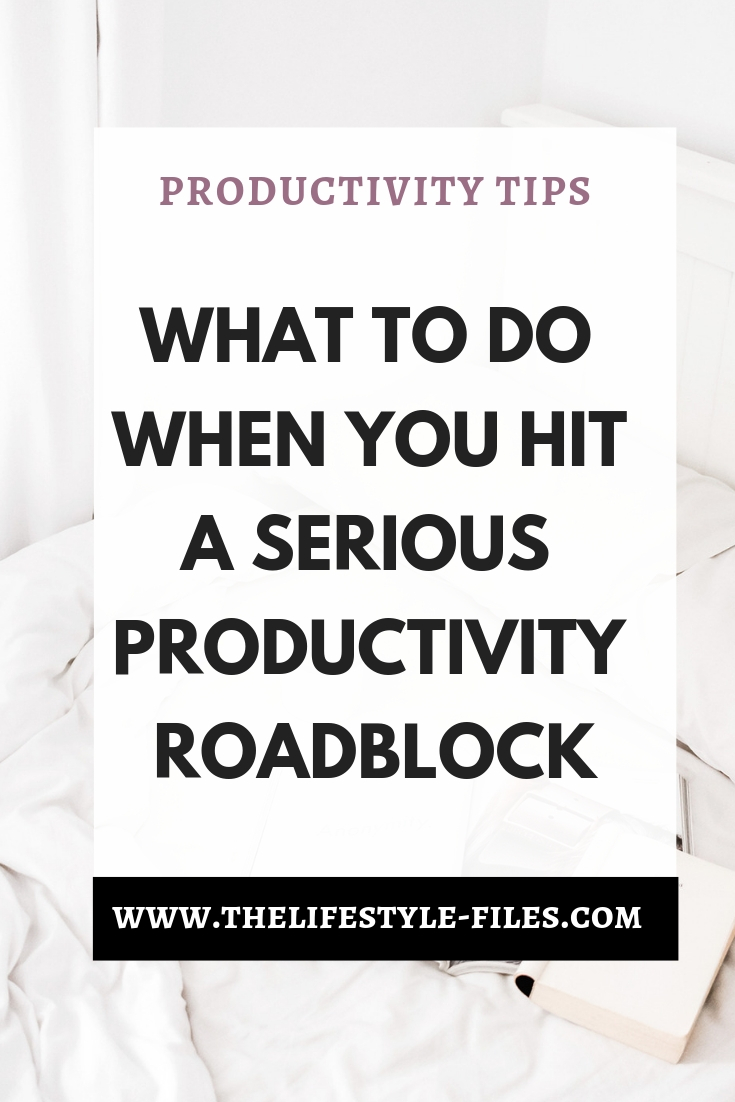
It’s only March and I’ve already had to hit refresh.
It all started out well. I did my 2018 reflections and crafted a very ambitious, but also quite realistic and practical 2019 plan. I kinda knew where I was heading, what my priorities were, and what I should do to get going.
And then – I just couldn’t get going.
These last two months were like a blur. The days and weeks just rolled on and I was rolling with them. I kept transferring my to-do lists from one day to another, then one week to another. I managed to stay on top of my ongoing assignments and consulting work but totally failed to really get ahead on anything else – the blog plans, the new business plans, the personal plans, the new apartment plans. I made some progress, but, to be honest, not that much.
It wasn’t about procrastination. It was a much more disorienting feeling of lack of control or direction. Everything seemed so overwhelming, I couldn’t translate the grand vision into manageable tasks.
You know, most of the time, I’m quite organized, so this situation was fairly new. It took me almost 2 months to finally get to the bottom of the issues and more or less regain my usual control over my life.
I hope your ambitious 2019 goals are going much better than mine, but for those unavoidable moments when your productivity hits a roadblock, here are some tips on how I managed to get out of my own productivity rut.
This is how I hit refresh.
The “it’s OK to feel this way” and the “but now it’s enough” moments
I really don’t like complaining, I much prefer having a positive and proactive attitude regarding problems. And I really hate this “busy culture” when everyone’s either complaining or boasting about being so busy. So, for some time, I wasn’t willing to admit that my productivity hit a roadblock and I’ve got a lot (or too much) on my plate.
I thought it was nonsense to talk about this and I shouldn’t really pay attention to it – after all, I’m not a doctor with 24h shifts or saving lives with their work, surely I can sort out my shit without complaining?
At one point, I had to accept that issues are personal and it’s OK to deal with mine even if they seem small in the grand scheme of things.
The next step was the definite ‘its enough’ moment. If you get into a rut, it’s probably OK for some time to go easy on yourself, but at one point, you just gotta stop and decide it’s enough. That’s when you sit down, analyze the problem, and come up with an action plan.
Getting to the roots of the problem
I thought it was critical to find the reasons for this long slow productivity period. Because if I’m not honest about them, I might not find the right solution (and this is true for most problems in my experience).
So I tried to analyze the underlying reasons. Some of them were purely practical. I had to conclude I totally abandoned most of the productivity tips and techniques I usually follow (and frequently suggest in this blog). I failed to prioritize, I didn’t use my days smartly. I spent valuable time on irrelevant tasks just because they were at least graspable, and I neglected important tasks because they seemed too big and vague.
I kept putting goals on my to-do list instead of actionable steps, no wonder they seemed so overwhelming.
I also had certain items that were becoming more and more frustrating simply due to the fact that I kept delaying them. But the longer I delayed them, the scarier they seemed (familiar?).
But some reasons were more emotional. In some cases, I had to conclude that the reason I kept delaying tasks stemmed from a lack of confidence, a fear from the unknown, an anxiety to really put myself out there (these were mainly connected to my own business building). I kept telling myself I’m not ready, I’ll wait just a little bit longer. I really should have just reread this post about just starting.
Once I was honest about my issues and anxieties, I could finally try to find ways to deal with them.
The master to do list
Now that I kinda knew where everything went astray, the next step was getting practical. I sat down and cataloged all my tasks and put together a master to-do list. You’d think this would be more frustrating than helpful, but actually, it really helped. I even included long-term things, which usually were not featured on my regular to-do lists, just to get a really accurate picture.
I made sure to really dissect my tasks. There were no “business website” or “kitchen” or “April blog posts” items on my to-do lists anymore. Putting together a business website multiplied into several sub-items: getting the domain and buying hosting, creating a menu structure, writing the texts, researching templates and so on and on. And I did the same with all my tasks. Goals became actual tasks.
Prioritizing and making some critical cuts
I identified 1 or 2 tasks in each group that I labeled critical for my long-term plans and started to treat them as high-priority issues. Even when everything seems incredibly important, if you sit down and really think in terms of processes and steps, it’ll be clear that some things actually should enjoy priority over others.
I also made some critical cuts and this was pretty essential for getting back on track.
Deadlines and strategic scheduling
I established workable, but motivating deadlines for the next month. This helped me relax a little – once I saw a clear schedule I knew everything was doable.
I used to do this at university with my exams: even when the learning material seemed unmanageably huge, once I organized my days and scheduled everything, it didn’t seem that terrifying anymore. The path was clear and I saw it was doable as long as I’d stick to the schedule.
Once I saw in black and white what I will have to do and when, the blurry and overwhelming goals transformed themselves into manageable steps.
I made sure to optimize my energy and organize my days accordingly. No longer did I spend valuable high-energy hours scheduling pins or returning emails. I used that time for copywriting and creative tasks and I could do that because I knew my plan was thorough and each task had an assigned timeslot.
I also spent one whole day to do some of those nagging tasks I totally ignored in the last few months just to get their weight off my shoulders. It was a small step with enormous benefits.
Regaining my willpower
Of course, no elaborate planning and fancy to-do list will make up for a lack of willpower. Sometimes, we just have to sit down, gather our energy, and start. But all the above steps helped me regain some control and confidence, and that actually strengthened my willpower.
Not one of the above tips is particularly revolutionary. I wrote about them dozens of times in this blog and followed most of them in the last few years. But still, even if you know the theory, sometimes it’s easy to fall off the right track. And that’s why it’s important to stop, go back to the drawing board, and hit refresh.
Did everything change from one day to the next? Have I been operating like a robot with perfect productivity scores since?
No, I’m still human with flaws and better and slower days. But I definitely started to climb out of my personal productivity rut and finally feel like I’m back on track.
Do you have any tried-and-true tips for times like these? What do you do when your energy and productivity abandon you?








